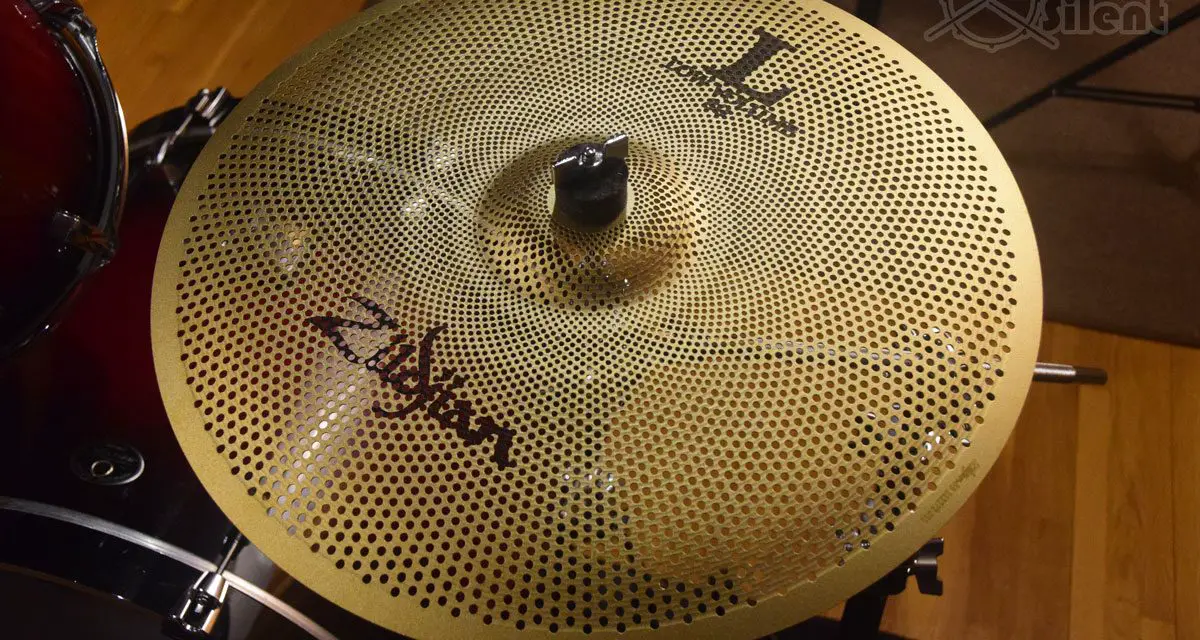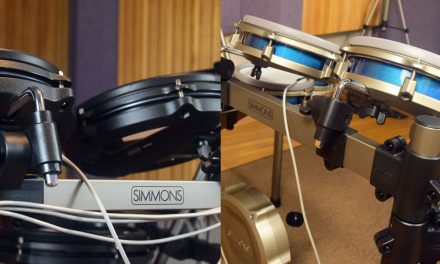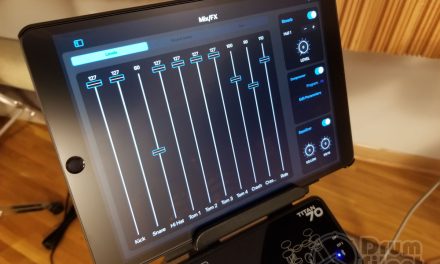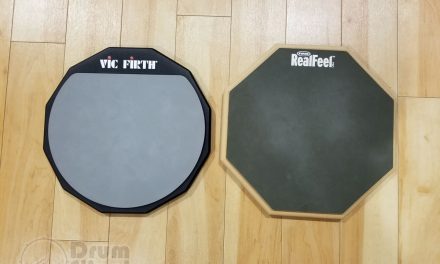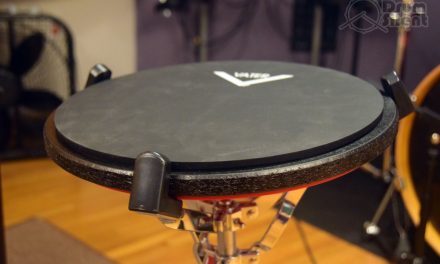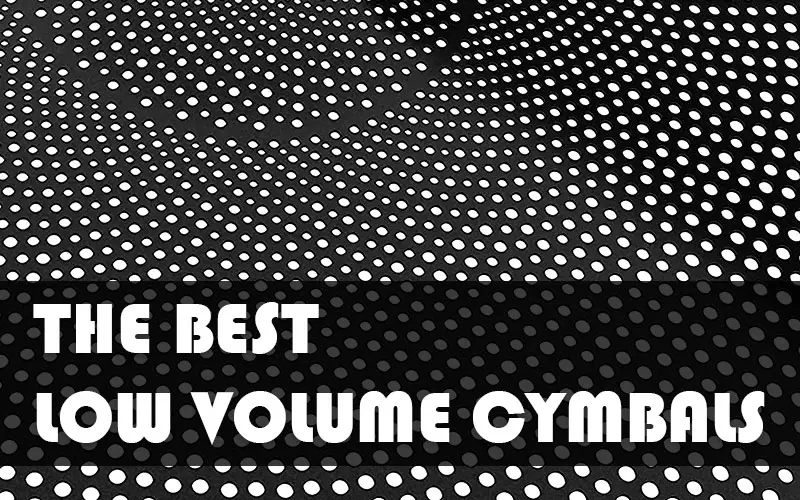Low volume cymbals can sound surprisingly good, but the sound characteristics are certainly different. The sound projection is much less than a traditional cymbal and the overtones are much more subdued.
Low Volume Cymbals Can Sound Good But Quality Can Vary
Much like traditional volume cymbals, low volume cymbals can vary in terms of sound characteristics and tonal quality. There are some low volume cymbals that designed to be budget options for low volume practicing, and others that are designed to lower volumes while still maintaining usable tonal characteristics for live use or recording.
Cheap low volume cymbals that are made with lower quality materials can sometimes have a harsh tone, even though they are more quiet. They can get “ringy” and have some annoying overtones depending on the build quality.
Better quality low volume cymbals tend to have more usable tonal qualities and tend to be less harsh on the ears, depending on the amount of volume reduction.
Much like any other cymbal, whether or not the sound is good is often subjective to the drummer.
Let’s Listen to Some Low Volume Cymbals and Compare
In this video we demonstrate what both the Zildjian L80 cymbals and the Evans dB One cymbals sound like in comparison to traditional cymbals. You can hear the sound difference side by side here.
How Does The Sound Of Low Volume Cymbals Differ?
Since low volume cymbals focus on lowering projection, they tend to sound thinner have less sustain than a traditional cymbal.
The overtones of low volume cymbals tend to fade more quickly and there is much less sustain and wash. This can vary depending on brand. I’ve noticed when I’m playing the Zildjian L80 cymbals, specifically the larger crashes or rides, that you can see them vibrating even after the sound has almost completely faded. The Evans dB One cymbals do the same. It’s kind of neat actually when you notice it, and it just goes to show how much the design of the cymbal suppresses the wash and sustain of the sound.
The sticking definition also feels more pronounced on low volume cymbals as a result of the noise suppression. It’s not that the sticking definition is louder than a traditional cymbal, it’s just that it stands out more since the wash and overtones are dampened.
Low volume hi-hats tend to have a very crisp sound to them with a very pronounced “chick” sound when they are closed and a lot of sizzle when open. Since there are holes in the top and bottom hi-hats, I think it allows more of the sound of what’s going on inside of the hi-hats to escape, which is what give them that quality.
Less Extreme Low Volume Cymbals Might Sound Closer to Traditional Cymbals
While cymbals like the Zildjian L80 and Evans dB One are trying to achieve maximum volume reduction, there are other types of low volume cymbals that don’t try to be as extreme. As a result, those types of low volume cymbals can offer a better blend of volume reduction and usable tones.
A good example of a less extreme low volume cymbal that have a more traditional sound are the Agean Regular R cymbals or the Wuhan ORA cymbals. Both are designed to bring volume levels down while also retaining more of the tone and sustain of a traditional cymbal. The Agean cymbals can get pretty pricey, but the Wuhan cymbals are more affordable.
You Get Used to the Sound Quickly
Even though low volume cymbals can sound different depending on the brand and style, you can get used to the sound pretty quickly once you jam on them for little bit. If you are used to traditional volume cymbals, low volume cymbals will give you a little shock with their sound difference. But it’s not so much that they sound worse as much as they just sound different than what you are used to. Once you put them on your kit and jam on them for a little bit you can get used to them pretty quickly. And then when you switch back to normal volume cymbals you realize just how loud a traditional cymbal actually can be.

